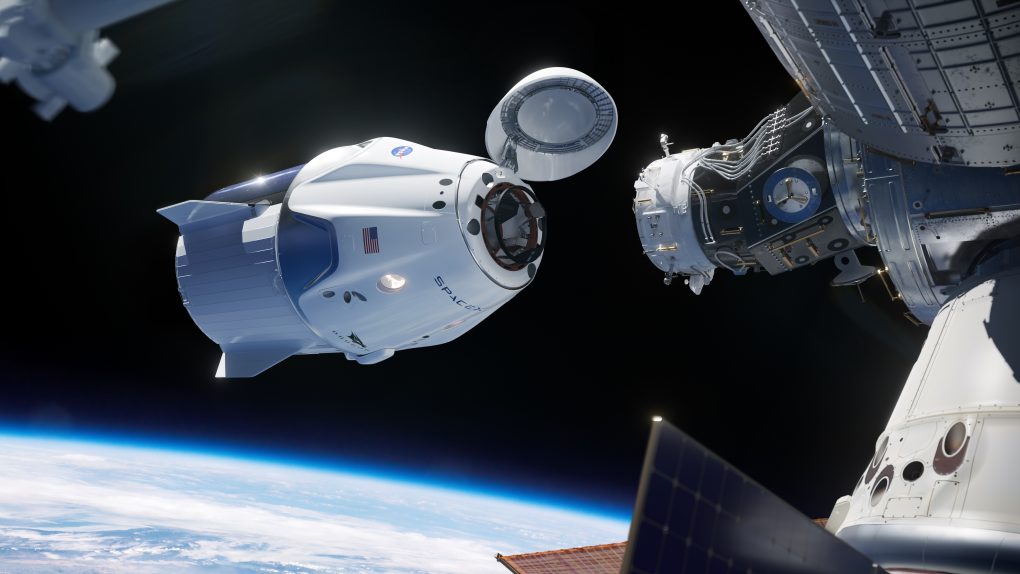Space junk is a serious problem. I’ve written about this topic at length, and it’s only getting worse with time. Every satellite that dies in orbit, rocket component that is jettisoned, and wrench that is dropped during a spacewalk adds to the cloud of trash orbiting Earth. This debris poses a serious threat to all manner of spacecraft including satellites, space stations, and, yes, even capsules carrying astronauts into space.
In what is definitely the most serious close call in recent memory, the recent launch of four astronauts headed for the International Space Station was marred by a near-miss between SpaceX’s Crew Dragon capsule and a dangerous chunk of space debris. The astronauts are currently safe and sound aboard the space station but hours after the launch of the capsule the crew was asked to equip their pressure suits and secure themselves in their seats in case of an emergency.
Once a crew capsule is launched from Earth to the ISS it spends several hours in transit. It travels through space to meet up with the space station and commence docking, but as it makes its way to the orbiting laboratory, watchful eyes back on Earth keep tabs on anything that might cause a problem. Space junk is one of those things, and while NASA and other space agencies regularly map out the most threatening pieces of debris, some simply can’t be tracked due to their size, and an impact could threaten the lives of the crew.
Roughly eight hours into the flight, mission control alerted the crew to the possibility of a collision with space junk. “For awareness, we have identified a late-breaking possible conjunction with a fairly close miss distance to Dragon, as such we do need you to immediately proceed with suit donning and securing yourselves in seats,” SpaceX’s Sarah Gilles radioed to the crew. “We will be erring on the side of caution to get you guys in a better configuration.”
Getting the crew into their pressurized suits would ensure the highest chances of survivability if an impact to the Crew Dragon caused a depressurization. The flight team back on Earth stopped short of initiating evasive maneuvers to avoid a collision after further observation revealed the object would likely miss the capsule by a slightly more comfortable distance than originally thought. Nevertheless, it’s a timely reminder of how serious our space junk problem is.
Spotting the largest chunks of space debris from the ground is usually fairly straightforward. Unfortunately, defunct satellites and other debris often collide with one another in orbit, creating smaller pieces of space junk moving at high speeds that can’t be tracked from the ground. Even a relatively tiny piece of debris could puncture a spacecraft’s walls and cause depressurization or even cause a serious failure of one or more components.
That didn’t happen this time around, but it may only be a matter of time before it does.







